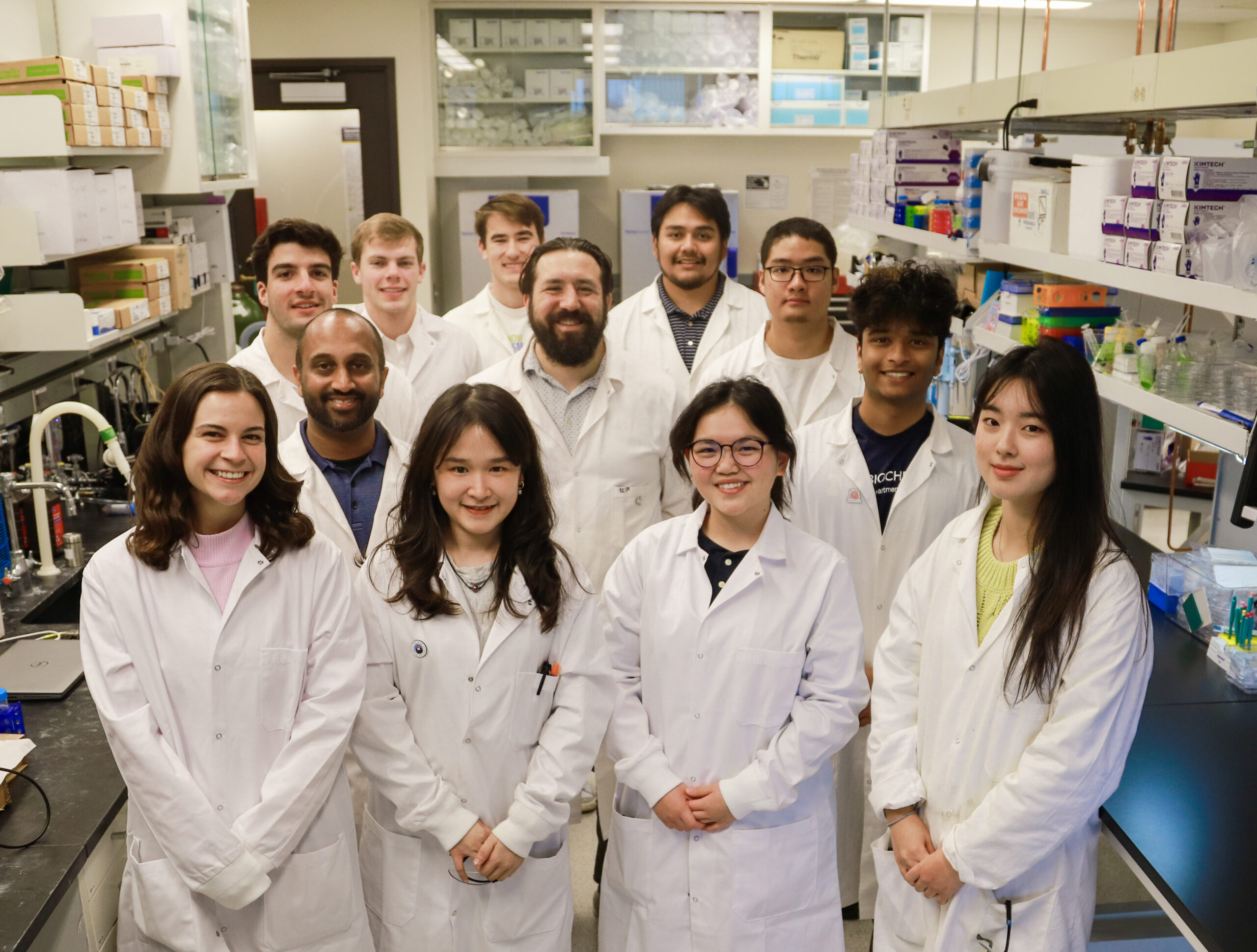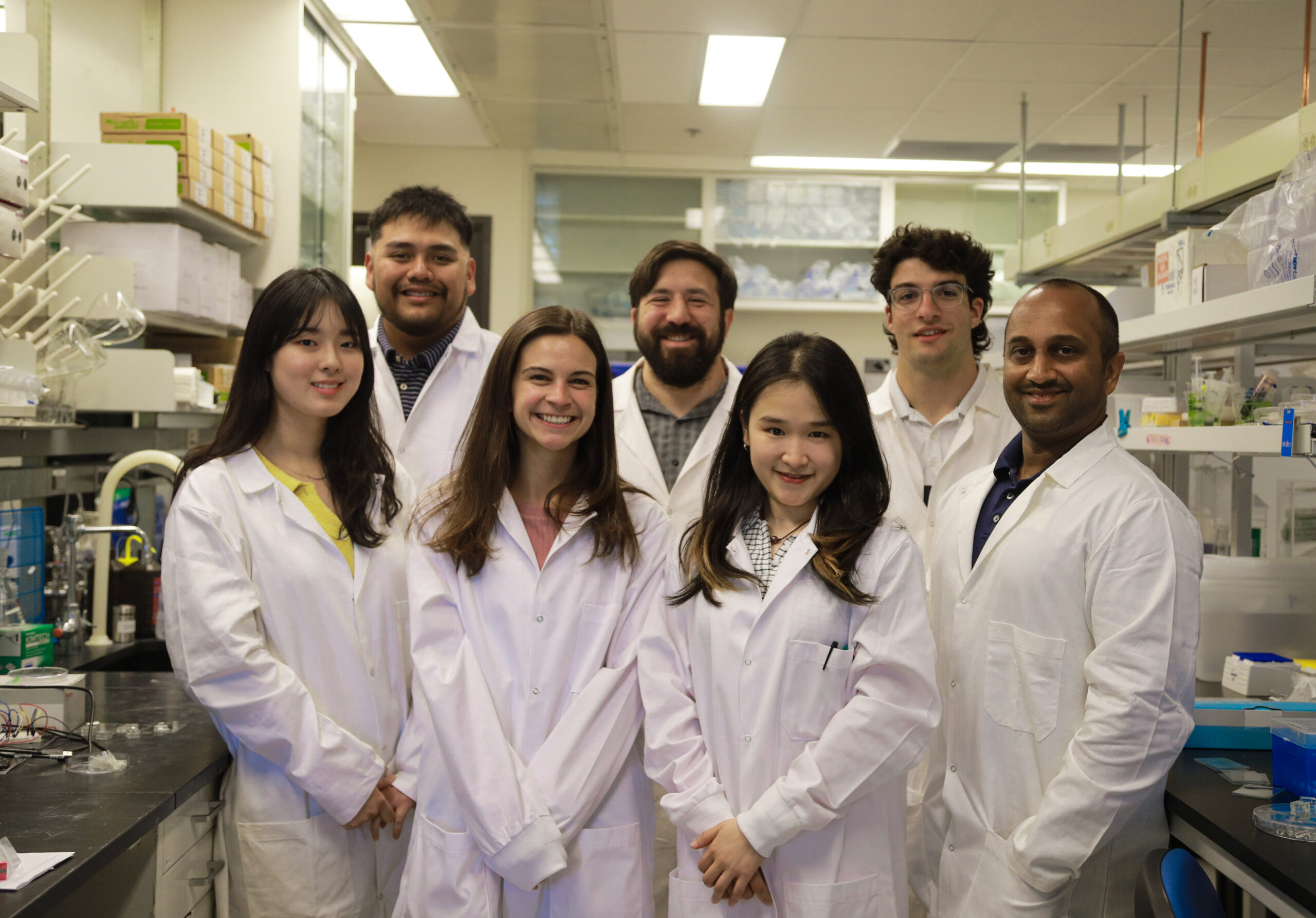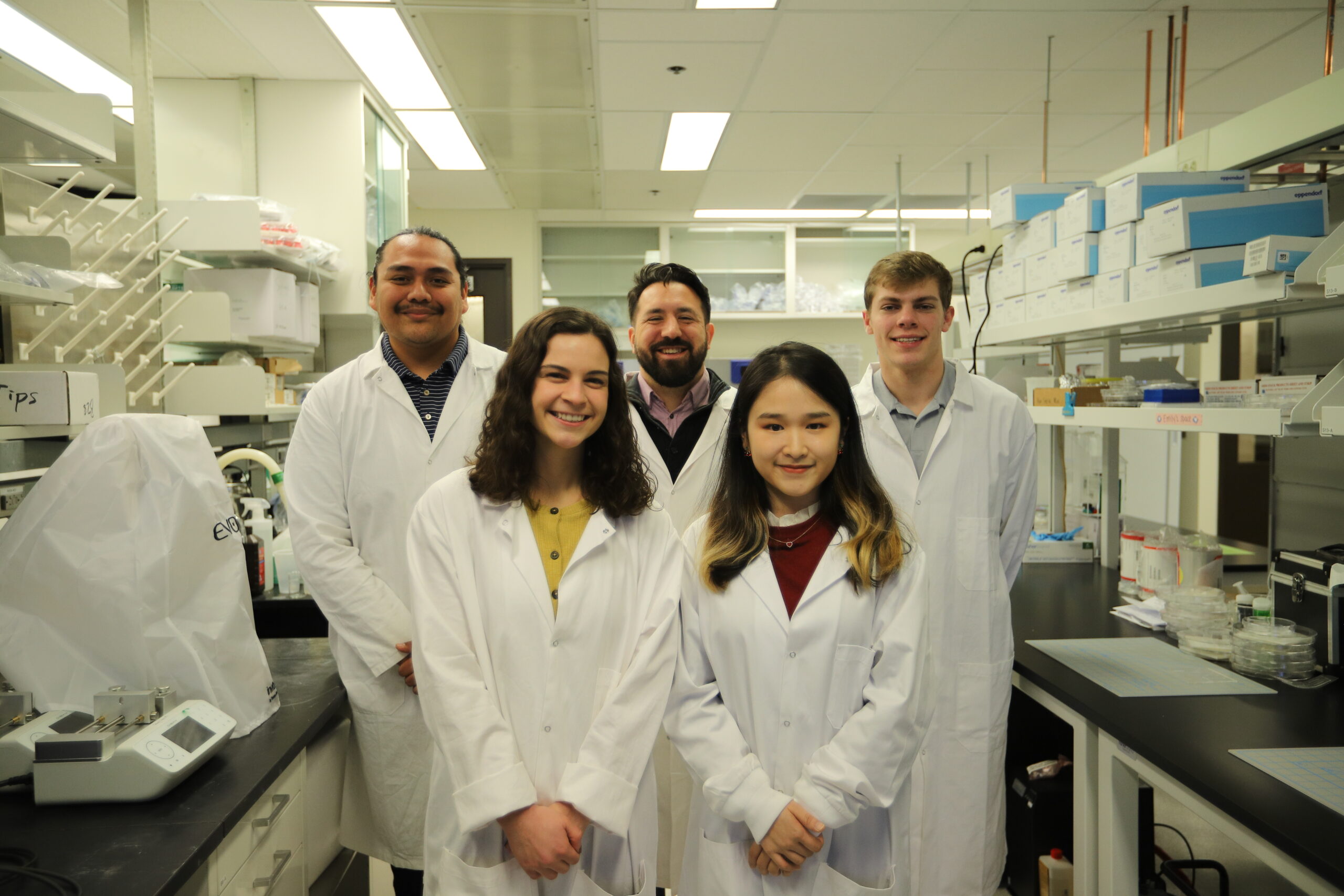Thank you for checking out the Lesher-Pérez Research Group
In the Lesher-Pérez Research Group we leverage microfabrication, microfluidics, biomaterials, and tissue engineered models to build microphyisiological models to study biorhythms and their role in disease and health mechanisms.
Why are we interested in biorhythms?
Our bodies are driven by different rhythms and consequently biological clocks. One of the most common rhythms we think about is the circadian rhythm, which is driven by a master clock in the brain. While this drives intrinsic function, the master clock is directly influenced by environmental cues, such as the light/dark cycles, and impacts the rhythmic circulation of molecules in our body such as hormones. Which in turn orchestrate cellular, tissue, and organ-level entrainment, maturation and function across our bodies. The disruption of these clocks, and biorhythms, has been linked with higher likelihood of developing different disease and poor health outcomes.
Cool, so what happens if we add biorhythms into in vitro model systems?
We believe it is critical to integrate time and biological clocks into our systems, because biology happens and develops in time, and by engineering “time” into our biological models we expect to better capture physiological responses. The Lesher-Pérez Research Group aims to integrate and study the impact of biorhythms in our microphysiological models, because as of now, we largely do not know what happens when applying biorhythmic stimulus on microphysiological models. One of our goals is to engineer rhythmic fluctuations to orchestrate our engineered tissues and other microphysiological models, such as Organ-on-Chip systems. By adding in “time” through biorhythm integration, we aim to assess questions like:
- Can the introduction of time, to generate 4D tissue engineered systems, increase the efficacy of our microphysiological models as drug testing platforms?
- How do disrupted rhythms, such as stress-induced rhythms, promote disease?
- What are key mechanisms to mitigate the negative impacts of biological clock misalignments to improve human health?





